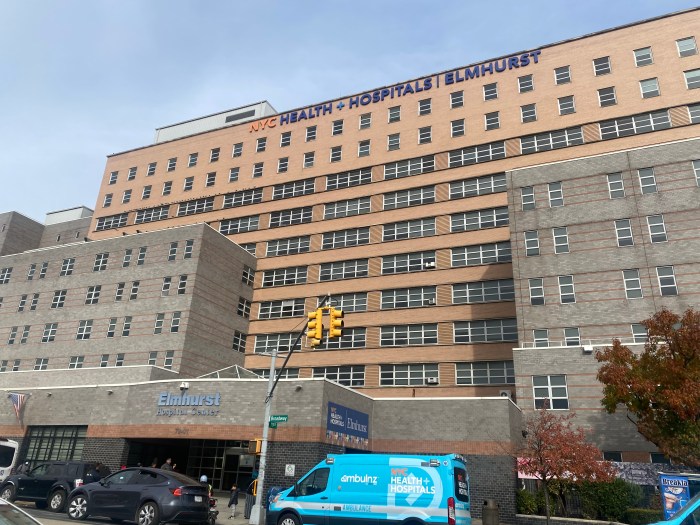While New York’s number of coronavirus-related deaths are on the decline, Governor Cuomo there is still much to do to contain COVID-19.
During his daily coronavirus briefing, Governor Cuomo stated that on April 30, 289 New Yorkers died of COVID-19, down from 306 on April 29. While hospitalizations are down, New York is still seeing roughly 900-1,000 new cases of coronavirus each day, a number that the governor says is still too high.
“That’s still too high a number to have every day. It’s better than where we were, but it’s still a high infection rate,” said Cuomo. “It’s still a burden on our hospital system.”
Cuomo said that the actions that New York has taken so far have significantly helped decrease the number of coronavirus cases. However, he wants to “drill down” on the number of new cases.
“Now that we have it basically stabilized and on the decline, let’s get more refined and more targeted,” said Cuomo.
Cuomo indicated that he would be speaking with state hospitals about getting more specific information about the new cases. In the past three days, 17.5% of new cases from Manhattan, followed by 17.4% in Brooklyn. Bronx had 12.8% of new cases, followed by Queens with 11.9%.
While Cuomo stated that there was a correlation with downstate counties due to population density, we need more specific information to have a better plan to combat COVID-19.
“We’ve got a snapshot of where the cases are coming from, but we need more specific information to have a specific battle plan,” said Cuomo. “Where do the cases come from? Are they people staying home and getting infected by a family member, or are they essential workers who are still traveling and possibly getting infected at work?”
Other pieces of information that Cuomo wants to know are the patient’s demographic and health status, how they commute, and if they are coming from a nursing home.
This story first appeared on amny.com.



































